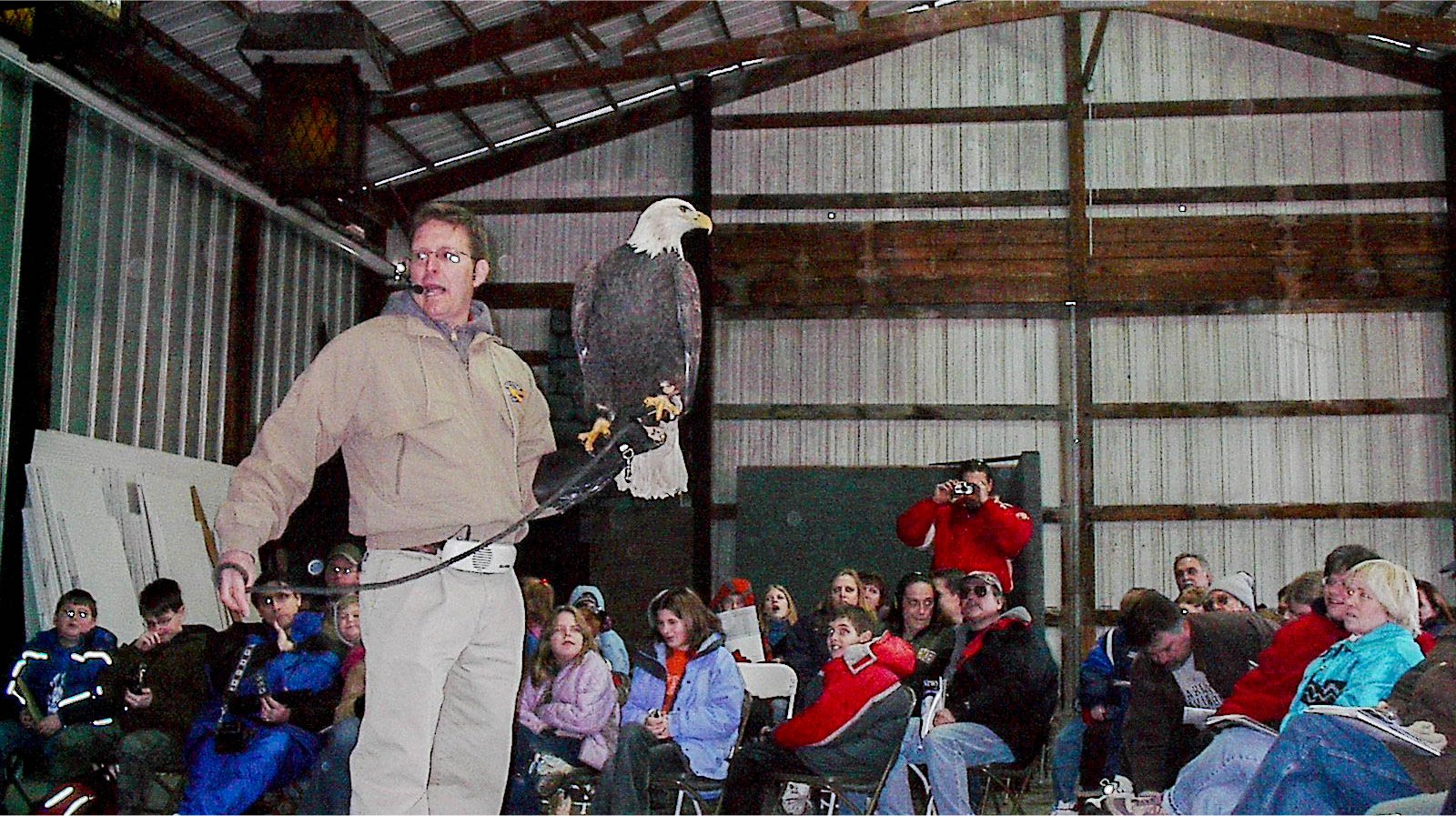3643 Pike 145
Ashburn, Missouri
573-754-6171
Ted Shanks Conservation Area is located in northern Pike County at the confluence of the Salt and Mississippi Rivers. The area was once a hunting and battleground for Sac and Fox Indians from the north and the Osages from the south. European colonization of the area began when the Spanish issued Francois Saucier a land grant in 1799. Saucier was the son of the designer of Fort de Chartres and was once the owner of the building that became the Cahokia Courthouse. The land in turn became property of Saucier’s son-in-law's brother, Auguste Chouteau, one of the founders of St. Louis, and then to Neree Valle of one of the prominent families of Ste. Genevieve. Zebulon Pike charted the mouth of the Salt River in 1805 while conducting a reconnaissance of the upper Mississippi River. The area was acquired in the early 1970s using Pittman-Robertson funds, the federal excise tax on sporting arms and ammunition.
Ted Shanks Conservation Area consists of 6,705 acres and contains a variety of habitats including bottomland hardwood timber, marshes, emergent wetlands, agricultural row crops, oxbow lakes and sloughs, old fields, and upland woods. Ted Shanks Conservation Area borders nearly 9 miles of the Mississippi River, 5 miles of the Salt River, and has over 2 miles of river bluffs. Two natural areas, Oval Lake and Bur-Reed Slough, are located on the property. The area consists of 3,827 acres of Missouri Department of Conservation lands and 2,878 acres of lands managed under a cooperative agreement between the MDC, the U.S. Fish and Wildlife Service and the U.S. Army Corps of Engineers.
The area allows a variety of outdoor activities. Two boat ramps allow access to the 70-acre Horseshoe Lake and the lower wetlands for anglers and canoeists and there are more than 500 acres of fishable water including the Salt and Mississippi Rivers. Over 35 miles of levees and a 1/3-mile Disabled-Accessible Trail provide excellent hiking opportunities. The area has over a dozen primitive campsites. Picnic tables are available in the summer months at the adjacent Dupont Reservation conservation Area. Hunting for deer, dove, quail, rabbit, squirrel, wild turkey, and waterfowl is allowed and blinds for waterfowl are located on the site.
The headquarters building contains exhibits, displays, and slide programs on outdoor related topics and includes an observation room that overlooks a marsh. A self-guided auto tour that takes a circuitous route of over 11 miles around the area introduces visitors to the wetlands, management techniques, and wildlife of the Ted Shanks Conservation Area. A brochure of the auto tour can be picked up at the headquarters building. Group tours are available on request.
Bird Watching
Ted Shanks Conservation Area is listed on the National Audubon Society's Great River Birding Trail. Wetland management at Ted Shanks C.A. includes manipulation of water levels in the area’s many pools to provide stopover habitat and food for migratory birds. Ted Shanks C.A. hosts large concentrations of waterfowl during both spring and fall migrations occurring in late November and December and again in February and March. The largest documented concentration of waterfowl at Ted Shanks C.A. occurred in 1978 when an estimated 305,000 ducks were counted. Large numbers of shorebirds, large waders, and a large number of songbirds frequent the area. Several rare wetland birds migrate through or nest here, including Trumpeter Swans, Least and American Bitterns, King Rails, and Common Moorhens. There is good automotive viewing from an internal road system that loops around wetland cells and along forest edges.
Bald Eagles
Bald eagles are also present on the area during their annual spring and fall migrations.Ted Shanks C.A. is known for being a location where Bald Eagles have produced successful nests. Nesting activity starts in mid to late February and the young usually leave the nest in the middle of June. Some of the best times to see eagles at Ted Shanks C.A. are during peak migration events in late fall and winter when thousands of other waterfowl also move into and through the area. The eagles key in on large concentrations as a primary food source. Eagles at Ted Shanks C.A. frequently top 100 during January and February.
Visiting Ted Shanks Conservation Area
Visiting Hours:
4 am - 10 pm
To get to Ted Shanks Conservation Area take MO-79 to approximately 16 miles north of Louisiana or approximately 18 miles south of Hannibal to Route TT. Take is Route TT east through Ashburn to the area.
There is no charge to visit Ted Shanks Conservation Area.
Use the official site of the Ted Shanks Conservation Area to find the answers to the questions about the Ted Shanks Conservation Area that you may have.
















